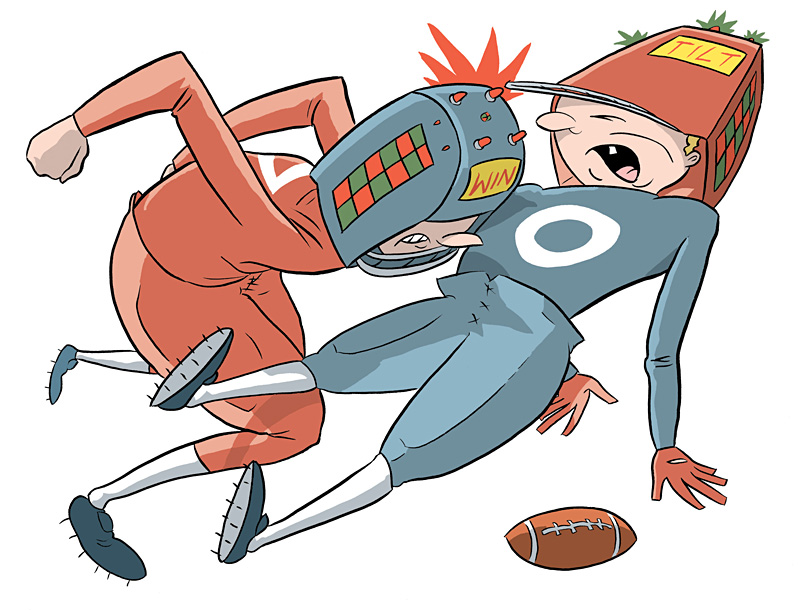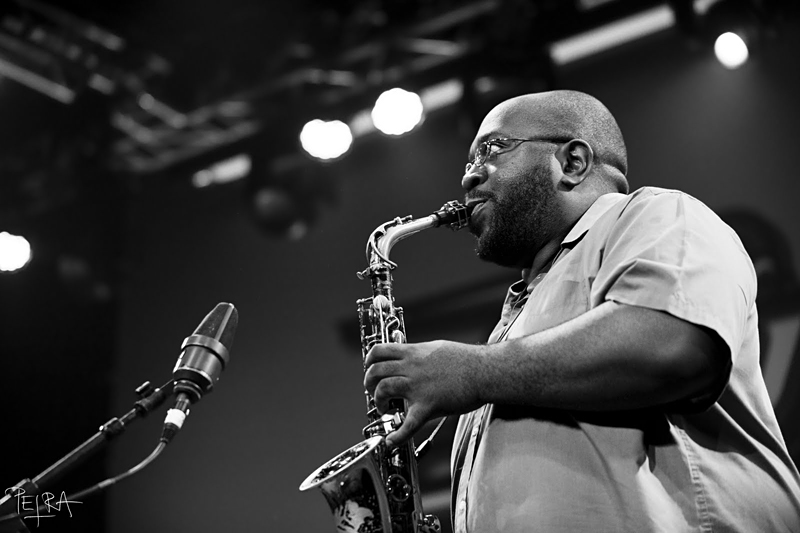This summer, King Tut—whose treasures first toured the U.S. (including Seattle) in the mid-’70s—is returning for a four-city stint, and this time with bells on. The road show is being organized by Denver-based Anschutz Entertainment, which owns the country’s biggest chain of movie theaters, as well as Concerts West, several pro sports teams, the Staples Center (home of the Los Angeles Lakers), and a Broadway production house. Admission for Tut II at the L.A. County Museum is expected to cost upwards of $30—a record.
The fact that an entertainment conglomerate is behind 2005’s biggest museum exhibition did not make it into Branded Nation: The Marketing of Megachurch, College Inc., and Museumworld (Simon & Schuster, $26), but it’s a fitting postscript. In this astute, amusing look at how high culture has become enslaved to “buzz” and “the gate,” James B. Twitchell argues that church, college, and museum have lately become “just one more thing that you shop for, one more thing you consume, one more story you tell and are told.” No longer serving as “gatekeepers” to the worlds of spirituality, art, and higher learning, these institutions, Twitchell says, have collectively become mere “ticket- takers” peddling an experience of uplift and status-conferring affiliation, while individually laboring to project a distinctive brand “fiction.” No wonder, then, that the promoter of Britney Spears concerts should take over the art job from the Met.
Though his analysis is acute, much of Twitchell’s raw material is familiar from the newspapers: megachurches designed to look like suburban office parks, selling a guy-friendly, icon-free, mall-mimicking Sunday, packaged in state-of-the-art multimedia. Universities promoting a pop-culture curriculum in which every student is above average. The gift-shop tail wagging the museum-exhibition dog, with Disney-esque architecture on the outside and celebrity artifacts, “mild scandal,” and Armani outfits on the walls within. It’s a convincing picture of a world in which high culture has lost any inherent drawing power (except as a branding shorthand for “class”) and is in a war for attention with cable TV. But if Twitchell is generally trading in familiar tropes, he strings them together with so much flash and insight that you begin to wonder if maybe he (and Warhol and others) are right: Perhaps “branding,” rather than art, really is the only form of meaning construction left to us. Like someone who’s watched too much porn, you’re suddenly unable to see the world except through Twitchell’s uniquely revealing filter.
“The powerful allure of religion and branding is the same,” he writes, with customary bemusement. “We will be rescued. This act of rescue, be it effected by the Man from Glad or the Man from Galilee, transports us to the promised land of resolution. . . . Beliefs, like purchases, are made to be witnessed, as well as consumed.”
In contrast to the common perception of colleges as coolly selective, Twitchell paints them as desperately bribing qualified (and economically comfortable) students with nearly free tuition, while spending wildly on “competitive amenities” like Olympic-quality gyms. (Just check out the UW’s shining new exercise pavilion on Montlake.) It’s all in the service of boosting their standings in the absurdly hyped U.S. News ratings—a key to brand identity. “Tuition-paying undergrads are now the loss leaders in this new enterprise,” says Twitchell; the real targets of the branding effort are 70-year-old donors who want to believe that the school is “top-tier.” Such competition is fine for schools with fat endowments but, he argues, is killing the ones that depend on scratch tickets for their funding.
Like the modern museum curator (whose lineage he traces back to P.T. Barnum), Twitchell is something of a carnival barker himself, with a fast patter of wordplay and ideas that sometimes obscures a rather fuzzy through line. He maintains that the destructive collegiate branding war leaves too little time and energy for “differentiating the product,” then he complains that the universal curriculum has been abandoned and that every institution is offering its own goofy version of an English lit degree. Well, which is it?
Also, is there really anyone left who would be shocked—shocked!—to learn that SAM competes with the Henry or that Harvard tries to protect the copyright on its name and logo? One of the oddities of Branded Nation is Twitchell’s earnest disregard for how arch and self-conscious marketing has become, how it flatters us consumers for our ad-busting savvy.
In fact, assuming that Twitchell’s looking for more sacred cows to gore, I’d love to see him next take on “indie” culture, whose careful, determined branding project is based on the same ironic attempt to seem above it all. Those noncommercial “indie” purists are phonier than the stuffiest museum director—and as image aware as Britney and Tut.








